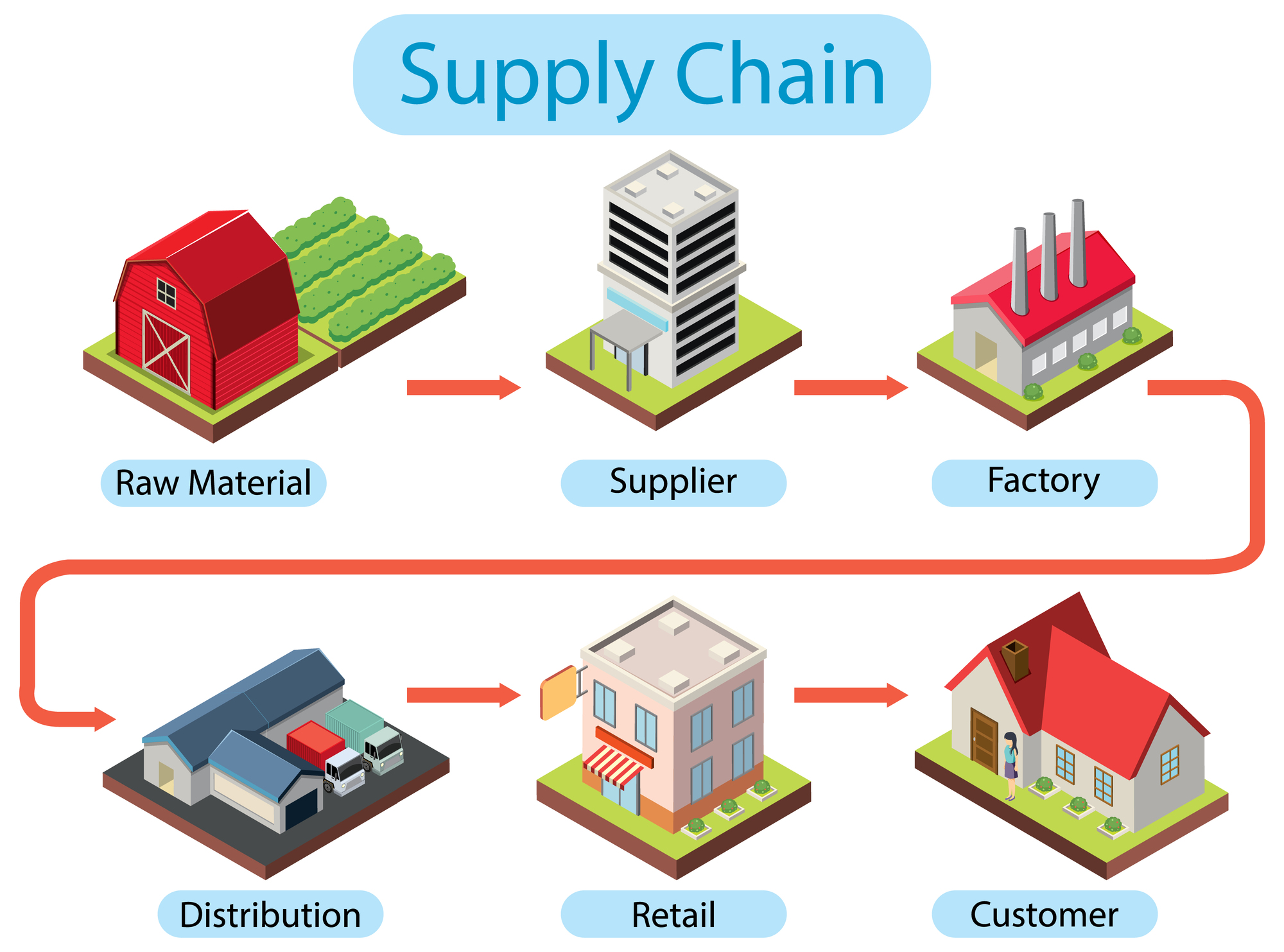How to Manage Inventory in a Small Business: A Comprehensive Guide
Running a small business is like navigating a ship through stormy seas. One of the most critical aspects of keeping your vessel afloat is managing your inventory effectively. But where do you start? How do you ensure that your products are neither too abundant nor too scarce? Let's dive into the world of inventory management and discover how to optimize your stock for smooth sailing.
Understanding Inventory Management
Inventory management is the backbone of any successful small business. It involves tracking your stock levels, ordering new products, and ensuring that you have the right amount of inventory at the right time. Effective inventory management can significantly enhance your business operations, improve customer satisfaction, and boost your bottom line.
Why Inventory Management Matters
Imagine running a bakery. If you have too many pastries, they might go stale and end up in the trash. If you have too few, you risk losing customers who walk away empty-handed. Balancing your inventory is crucial for maintaining profitability and customer loyalty.
Key Strategies for Effective Inventory Management
1. Implement Inventory Control Systems
Investing in an inventory control system is like having a reliable compass on your ship. These systems help you track your stock levels in real-time, automate reorder points, and provide valuable insights into your sales trends. Tools like Upserve and Zoho Inventory can streamline your inventory management process.
2. Optimize Your Supply Chain
A well-oiled supply chain is essential for efficient inventory management. Establish strong relationships with your suppliers to ensure timely deliveries and negotiate better terms. Regularly review your supply chain to identify bottlenecks and optimize your processes.
3. Utilize Stock Optimization Techniques
Stock optimization involves striking the perfect balance between having enough inventory to meet demand and avoiding excess stock that ties up your capital. Techniques like the Economic Order Quantity (EOQ) formula can help you determine the optimal amount of inventory to order.
4. Embrace Retail Management Best Practices
Effective retail management goes hand in hand with inventory management. Train your staff to handle inventory accurately, implement regular stock checks, and use data-driven insights to make informed decisions.
Practical Tips for Small Business Inventory Management
Set Reorder Points
Determine the minimum stock level at which you need to reorder to avoid stockouts. This can be calculated based on your sales data and lead times from suppliers.
Conduct Regular Inventory Audits
Regularly audit your inventory to ensure accuracy. This helps identify discrepancies, prevent theft, and maintain accurate stock levels.
Use the First-In, First-Out (FIFO) Method
The FIFO method ensures that the oldest stock is sold first, reducing the risk of spoilage or obsolescence. This is particularly important for perishable goods.
Leverage Technology
Invest in inventory management software that integrates with your point-of-sale (POS) system. This can automate many of the manual processes involved in inventory management, saving you time and reducing errors.
Train Your Staff
Your employees play a crucial role in inventory management. Provide them with the necessary training to handle inventory accurately and efficiently.
Common Pitfalls to Avoid
Overstocking
Having too much inventory can tie up your capital and increase storage costs. It also increases the risk of spoilage or obsolescence.
Stockouts
Running out of stock can lead to lost sales and dissatisfied customers. Regularly monitor your stock levels and set reorder points to avoid stockouts.
Poor Record-Keeping
Inaccurate records can lead to discrepancies in your inventory levels, resulting in overstocking or stockouts. Use reliable inventory management software to maintain accurate records.
Conclusion
Managing inventory in a small business is a delicate balancing act, but with the right strategies and tools, you can navigate these waters with confidence. By implementing inventory control systems, optimizing your supply chain, and utilizing stock optimization techniques, you can enhance your business operations and improve customer satisfaction.
Remember, effective inventory management is not a one-time task but an ongoing process. Regularly review your strategies, train your staff, and leverage technology to stay ahead of the curve.
Are you ready to take control of your inventory and steer your business towards success? The journey starts with understanding the basics and implementing the right strategies. So, let's set sail and master the art of inventory management!
FAQs
1. What is the best inventory management software for small businesses?
There are several excellent inventory management software options for small businesses, including Upserve, Zoho Inventory, and QuickBooks. The best choice depends on your specific needs and budget.
2. How often should I conduct inventory audits?
The frequency of inventory audits depends on the nature of your business. However, it's generally recommended to conduct audits at least once a month to ensure accuracy and identify any discrepancies.
3. What is the Economic Order Quantity (EOQ) formula?
The EOQ formula helps determine the optimal quantity of inventory to order to minimize total inventory costs. The formula is: EOQ = √(2DS / H), where D is the demand rate, S is the ordering cost, and H is the holding cost.
4. How can I prevent stockouts?
To prevent stockouts, regularly monitor your stock levels, set reorder points based on your sales data and lead times, and maintain strong relationships with your suppliers to ensure timely deliveries.
5. What is the FIFO method, and why is it important?
The FIFO (First-In, First-Out) method ensures that the oldest stock is sold first. This is important for preventing spoilage or obsolescence, particularly for perishable goods. It helps maintain the quality and freshness of your products.


Belum ada Komentar untuk "How to Manage Inventory in a Small Business: A Comprehensive Guide"
Posting Komentar